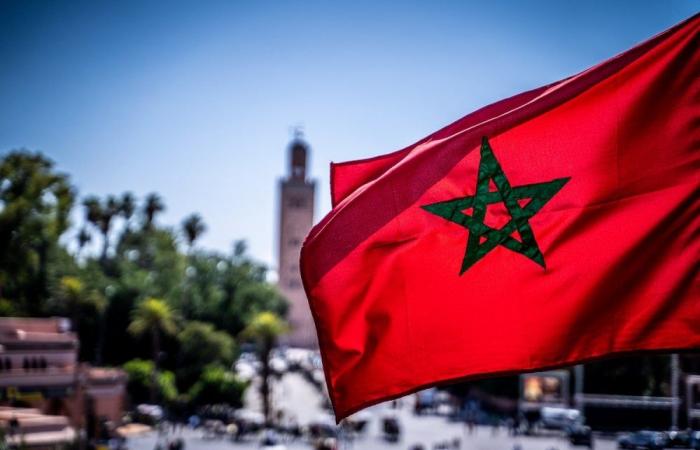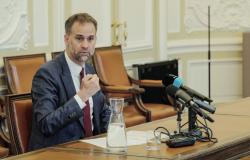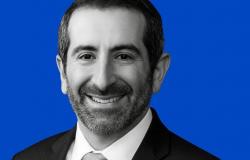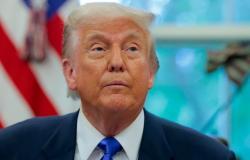
It was this Tuesday, May 6, 2025 that the UNDP presented to new York its overall report on the human development Entitled “A question of choice: people and possibilities in the era of artificial intelligence”. For the Moroccothis publication marks a decisive turning point. The kingdom, which maintains its 120th position in the world ranking for the second consecutive year, nevertheless takes a major symbolic stage when seeing its IDH exceed the threshold of 0.700 – a first in its history. “This improvement reflects significant advances in the fundamental dimensions of human development: health, education and standard of living,” said Otmane wordpresident of theNational Observatory for Human Development (ONDH)whose remarks reflect the scope of this achievement. Observers thus agree on an essential point: this entry into the club of countries with high human development is not the fruit of chance, but that of public policies orchestrated over time.
Three decades of constant and structural progress
The ascent of Morocco Towards this new status was patiently built. Between 1990 and 2023, the country followed a remarkably constant trajectory, gradually transforming its social and economic structures. This performance was also recognized in 2010, when the UNDP had placed the kingdom among the ten countries that recorded the highest increase in their HDI since 1970.
“The rate of growth remains robust, indicating a progressive structural transformation of living conditions in Morocco», Underlines Otmane Gair. This evolution has embodied in tangible improvements for the population. Life expectancy at birth experienced a spectacular leap, with a gain of 10.5 years between 1990 and 2023. This considerable progress reflects the effectiveness of public health policies and improving access to care throughout the territory.
In terms of educational terms, the results are just as encouraging. Average years of schooling increased by 3.4 years over the same period, reporting a progressive democratization of education. The expected years of schooling also experience a positive development, strengthening the future prospects for new generations of Moroccans.
The UNDP report sheds precious light on the origin of these advances. This evolution is the fruit of public policies oriented towards strengthening of human capital. “The trends of the HDI of Morocco illustrate this constant progression, highlighting the consolidation of human development efforts initiated by the kingdom under the enlightened leadership of His Majesty King Mohammed VI May God assist him. This development is the fruit of public policies oriented towards strengthening human capital, an essential condition for inclusive and sustainable growth, ”says Otmane Gair.
-Social progress that transcends economic indicators
Integration of Morocco in the category of countries at human development high reflects a holistic approach to development, beyond the simple consideration of economic performance. The report positions the kingdom “among countries with low incidence of multidimensional poverty”, testifying to a general improvement in living conditions for a large part of the population. This multidimensional approach to human development makes it possible to better understand the real social advances. On the regional level, Morocco is now part of the average of the Arab region, while continuing its dynamic of progression. This performance contrasts with the global slowdown observed on a global scale. Indeed, the UNDP report notes “a slowdown in progress in terms of human development worldwide, with marks of the setbacks of 2020-2021 still open”.
The UNDP administrator, Achim Steineralso sounded the alarm in this 2025 report: “For decades, we have been on the right track to reach a very high level of human development by 2030, but this slowdown makes a real threat to global progress weigh”. In this gloomy international context, Moroccan performance appears all the more remarkable.
Persistent challenges, particularly in matters of gender equality
If crossing the 0.700 threshold is a decisive step, the UNDP report also highlights the challenges that remain. The index of gender inequality (GII) certainly shows “a downward trend”, which indicates “a gradual improvement in matters of gender equality”. However, UNDP experts believe that “kingdom’s efforts must focus on reducing maternal mortality rates, increasing women’s representation in decision -making bodies and improving their access to education and the labor market”.
The index of gender inequality measures gender inequalities in three key dimensions: reproductive health, empowerment and the labor market. Reproductive health is measured by the maternal mortality ratio and birth rates in adolescent girls, empowerment is measured by the share of parliamentary seats occupied by women and the share of the population with at least one level of secondary education per gender, and participation in the labor market is measured by the rates of participation in the work force of women and men. The gender inequality index of Morocco for 2023 is 0.438, which places the country in the 113rd position on 172 countries.







